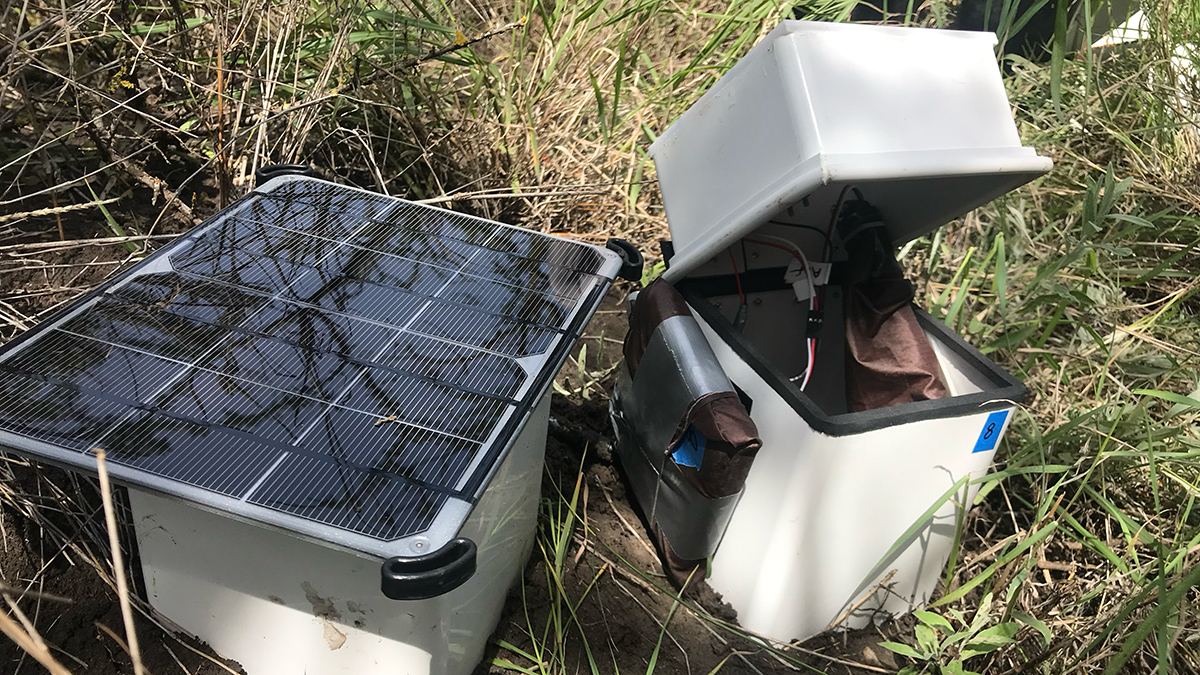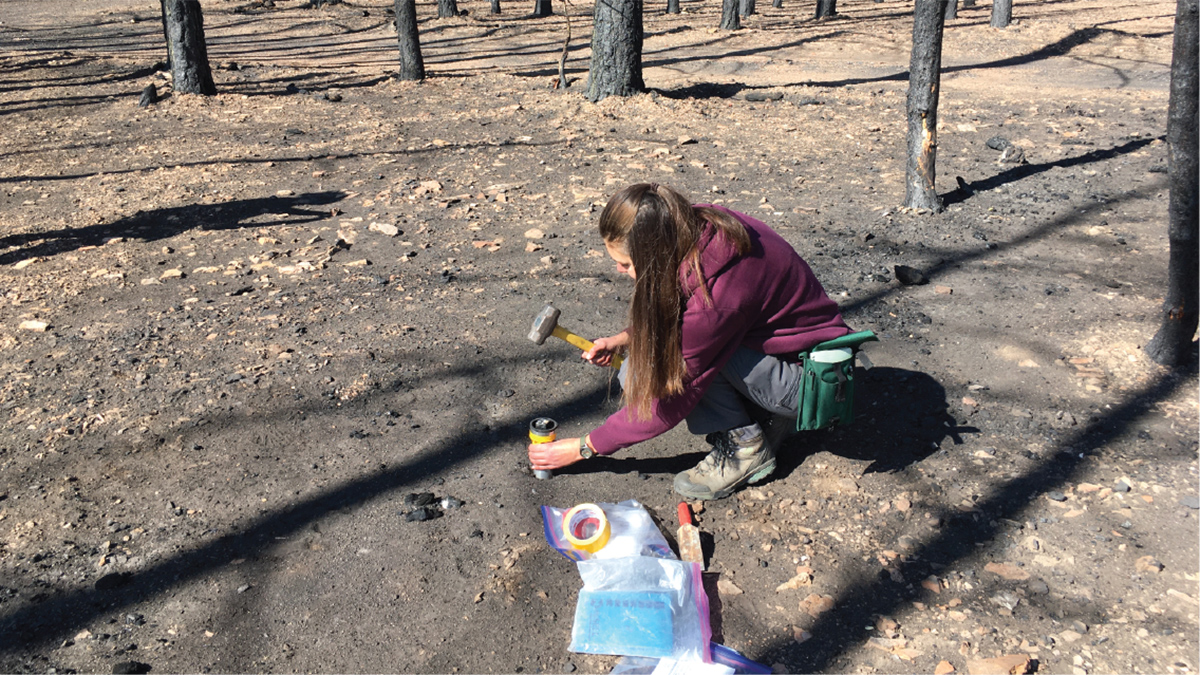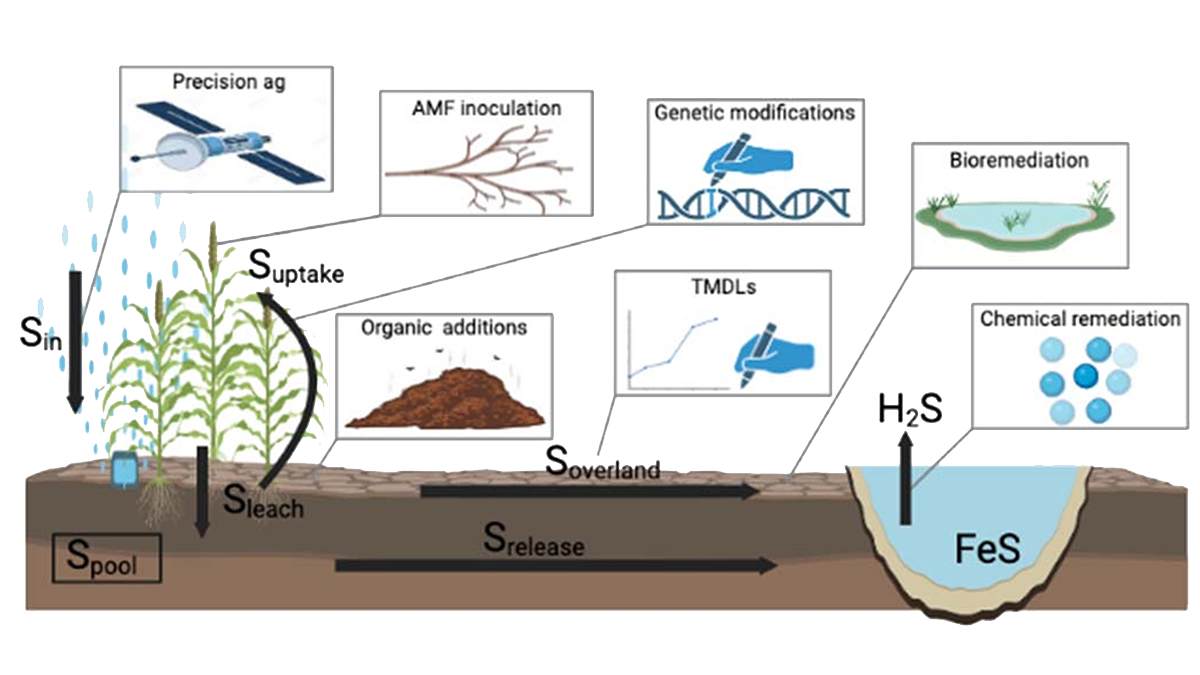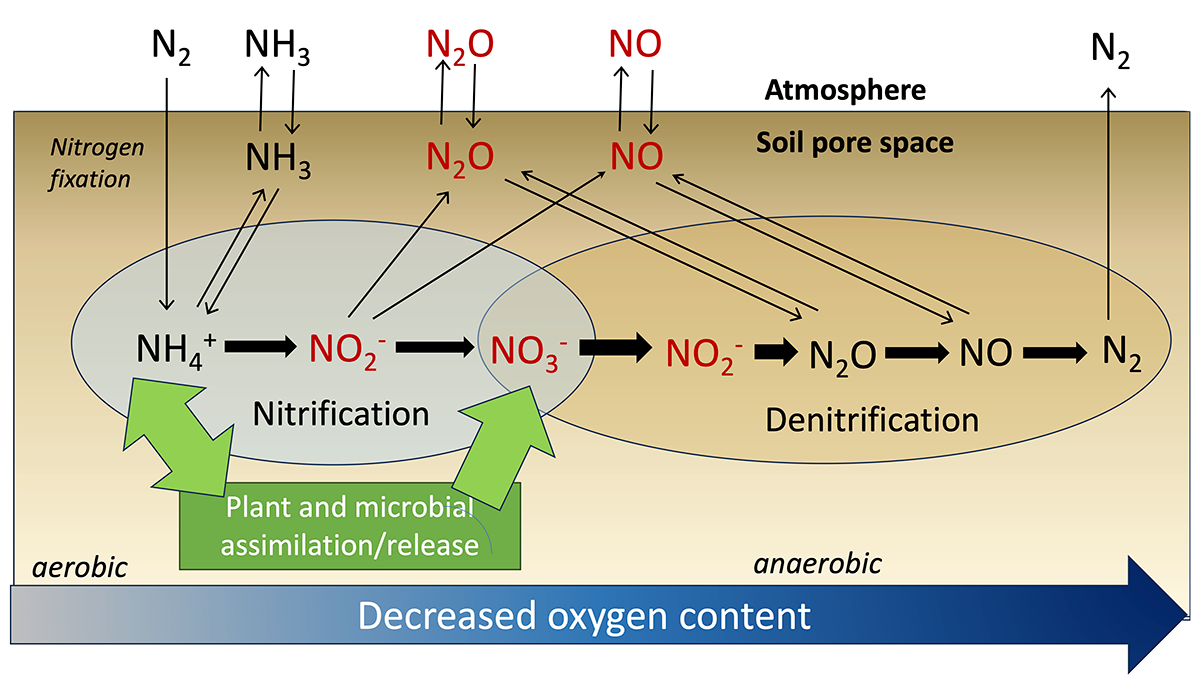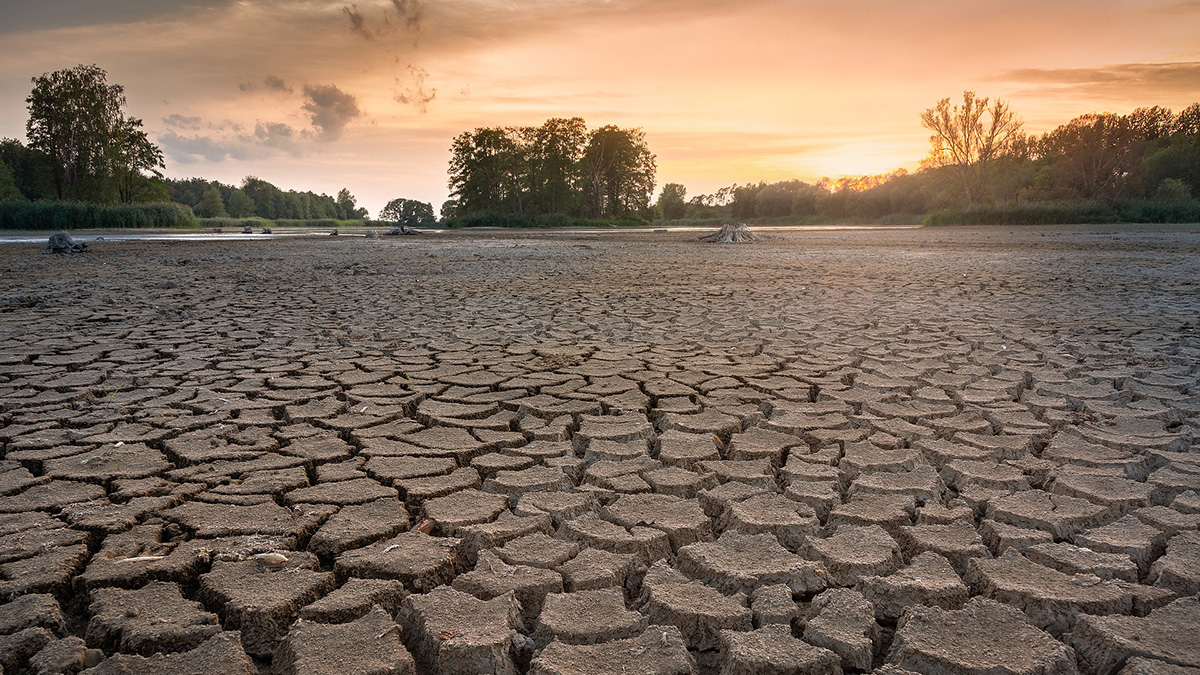Measuring soil carbon flux, also known as soil respiration, can be expensive or time-consuming. A set of affordable robots that gather these data autonomously could especially benefit the Global South.
soils
Fire Histories May Be Written on Grains of Sand
Tiny bits of quartz record the intensity of fires from hundreds or even thousands of years ago, potentially offering new ways to study historic fires and how heat affects soil.
Sulfur is Demanding its Place in Crop Nutrient Budgeting
Scientists advocate for a more significant consideration of sulfur from a multidisciplinary perspective as a necessary step towards sustainable crop management.
How Llama Poop Is Helping an Andean Community Adapt to Melting Glaciers
Reintroducing these animals can enrich barren soils and potentially reduce water contamination, a study shows.
Reporting Model Results Even When They Cannot (Yet) be Tested
Models simulating the nitrogen cycle track its multiple chemical forms but tend to report a subset that can be compared with available field measurements.
Natural Nitrogen Emissions Are Rising in California
Wildfires and soil microbes are releasing more nitrogen oxides in California as the climate gets warmer and drier.
Warming Reduces Relative Humidity Through Soil Moisture
Relative humidity over land decreases in a warmer climate as a result of interactive soil moisture response.
Meteorological Uncertainty Shapes Global Hydrological Modeling
A new study examines the effects of spatiotemporal precipitation uncertainty on key hydrologic processes, including runoff and soil moisture, in a comprehensive sample of 289 cryosphere regions.
Northern Ecosystems are Shaped by Snow
Changing climate in the Arctic leads to a shorter snow season but deeper snow in the depths of winter. Under the insulating snow, biological processes are accelerated leading to higher nutrient availability and carbon losses.
El cambio climático está secando a los suelos
Los suelos terrestres se están secando a medida que el planeta se calienta, pero aún no está claro que tan seco es muy seco.

